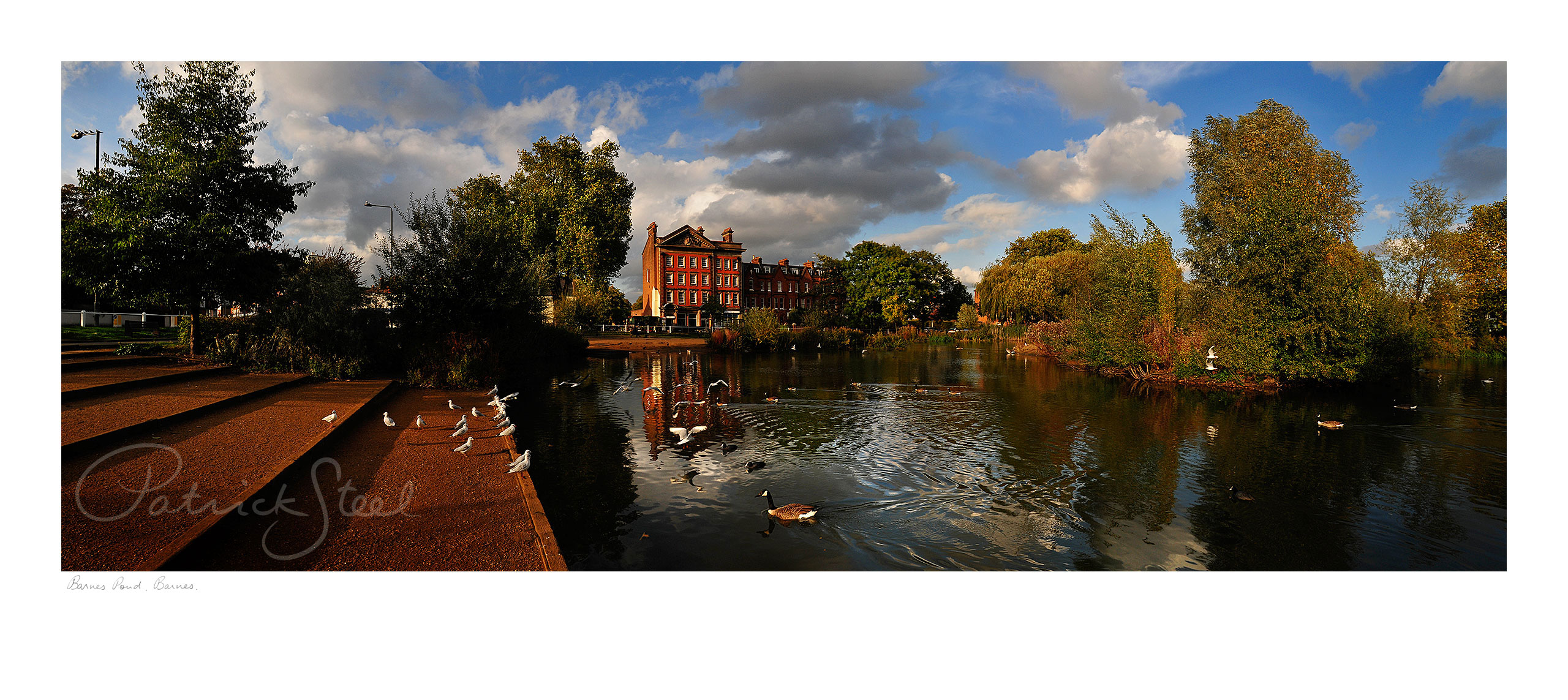Description
A landscape photograph of Lower Pen Pond at Sunset, photographed by photographer Patrick Steel within Richmond Park, Richmond upon Thames. A permit was granted by The Royal Parks to capture this image. Originally, this image was commissioned by Robert Holmes
The listed prices include: Dry mounting onto acid free board, window mounting, titled and signed in pencil and wrapped in a protective sleeve of polypropylene acetate film, ready for framing
Limited edition of only: 50
Sizes: Eight to choose from, please select from the drop-down menu above
Print type: Fine Art Giclée / Kodak Pro Lustre 270gsm Endura Paper
Watermarks: Patrick Steel’s watermark will not be present on a purchased print
Copyright: © Patrick Steel
✓ Limited edition photograph
✓ Direct from the Artist
✓ Hand signed by Patrick Steel
✓ Free worldwide delivery
✓ Tracked & signed for delivery
✓ Paypal protection
✓ Secure SSL payment protection
✓ Excellent customer care and service
Information: Pen Ponds, a lake divided in two by a causeway, was dug in 1746 forming upper and lower Pen Ponds
Richmond Park, in the London Borough of Richmond upon Thames, was created by Charles I in the 17th century as a deer park. The largest of London’s Royal Parks, it is of national and international importance for wildlife conservation. The park is a national nature reserve, a Site of Special Scientific Interest and a Special Area of Conservation and is included, at Grade I, on Historic England’s Register of Historic Parks and Gardens of special historic interest in England. It’s landscapes have inspired many famous artists and it has been a location for several films and TV series
Historically the preserve of the monarch, the park is now open for all to use and includes a golf course and other facilities for sport and recreation. It played an important role in both world wars and in the 1948 and 2012 Olympics
Landscape History: Royalty had taken a close interest in the Richmond area from the late 15th century when King Henry Vll built a palace in the Manor of Sheen. Henry and his successors hunted in the neighbourhood. But it was a visit to Richmond by King Charles I in 1625 that turned this area of medieval farms and pasture into a royal park
Charles was escaping from an outbreak of plague in London. He realised that Richmond gave him the best opportunities for hunting near London. The area included open grassland with individual oaks – some of which were mature trees at the time of Charles’ visit and are still standing. There were also small farms and common land where local people had a right to graze cattle or collect timber
Charles ignored all these claims on the land and, in 1637, he created a hunting park. He introduced around 2,000 deer, and to make sure they didn’t stray he built a brick wall eight miles long, which you can still see today. Local people were furious about the King’s action. He was forced to pay compensation to some landowners and had to restore the right of people to walk in the park and collect firewood by installing a ladder in the wall.
From then on, deer and hunting began to change the appearance of the park. Deer grazed the leaves and bark of young trees and stopped the open grassy areas turning into woods. Ancient trackways and field boundaries disappeared as the grassland developed
Large established trees were pollarded (cut regularly at about 3 metres from the ground). This technique encouraged the trees to grow straight tall branches that were suitable for timber and also protected them from browsing deer. Even today, the lowest branches of trees in the park are all about the same height from the ground – just out of a deer’s reach
In the second half of the 17th century, King Charles II spent over £3,000 on repairs. He created new ponds for the deer to drink from and gave permission for gravel to be dug in the park
In the 18th century, two planned vistas were created to show important guests the best views of the park and beyond. One looked down to the grand avenue of Queen’s Ride to White Lodge, a hunting lodge built for King George l. The other looked out from King Henry’s Mound – a high point, said to have used by Henry Vlll to watch hunting. You can still stand here and look down a specially-maintained avenue in Sidmouth Wood across London to St Paul’s Cathedral
Few other changes were made in Richmond Park. Pen Ponds, a lake divided in two by a causeway, was dug in 1746 and is now a good place to see water birds. In the 19th century, several small woods were added. These include Sidmouth Wood and the ornamental Isabella Plantation, both of which are fenced to keep the deer out. Also in the 19th Century people were no longer given the right to remove firewood, which is still true to this day, to help in preserving the park. Change happens slowly and maps made in Victorian times still make sense here




